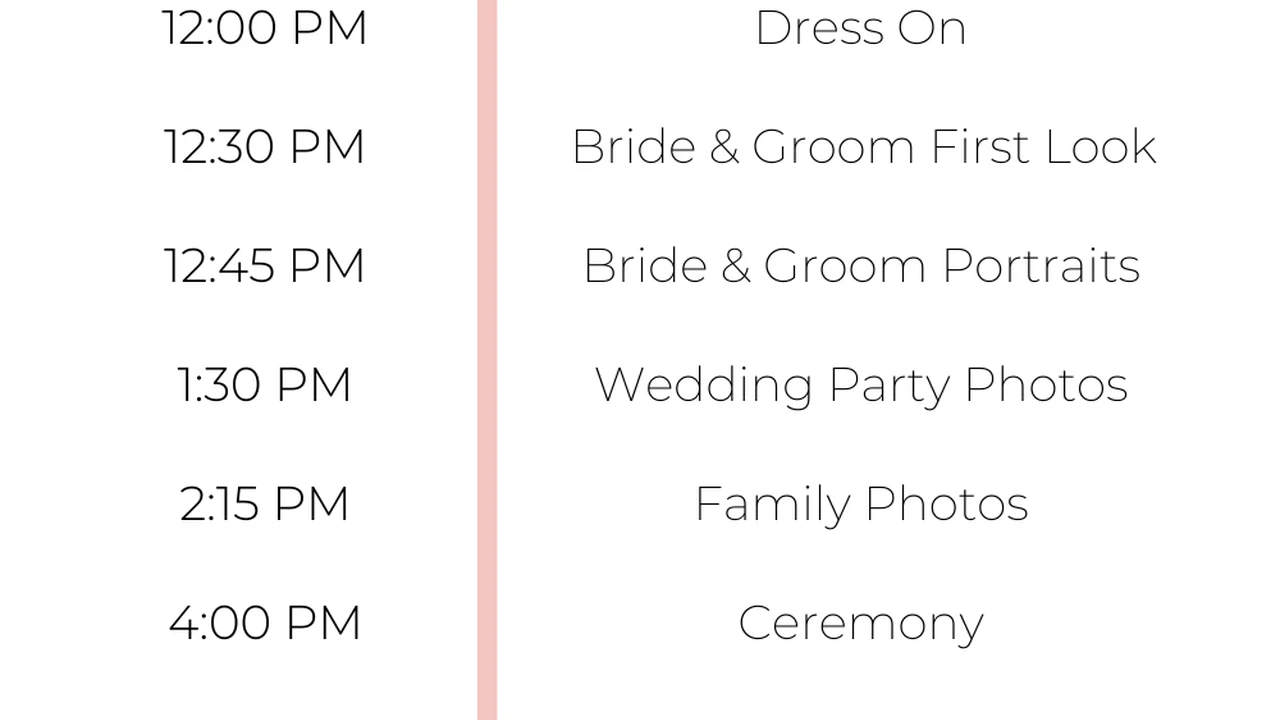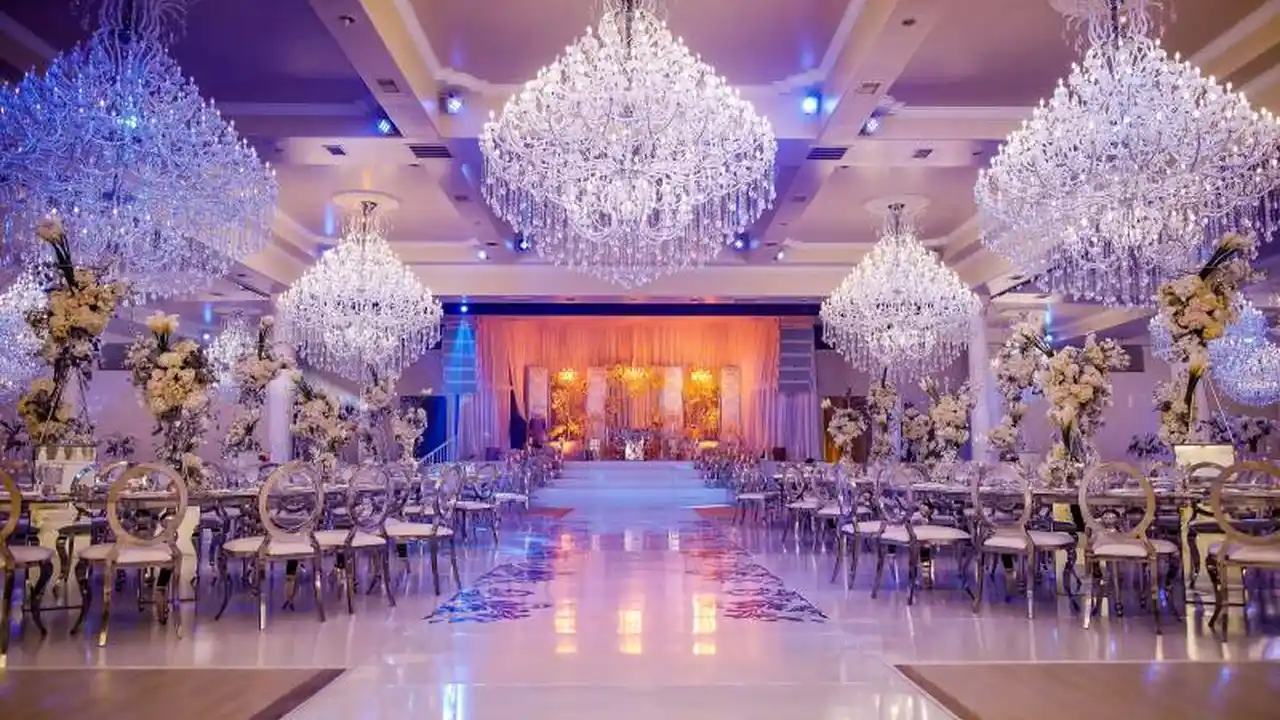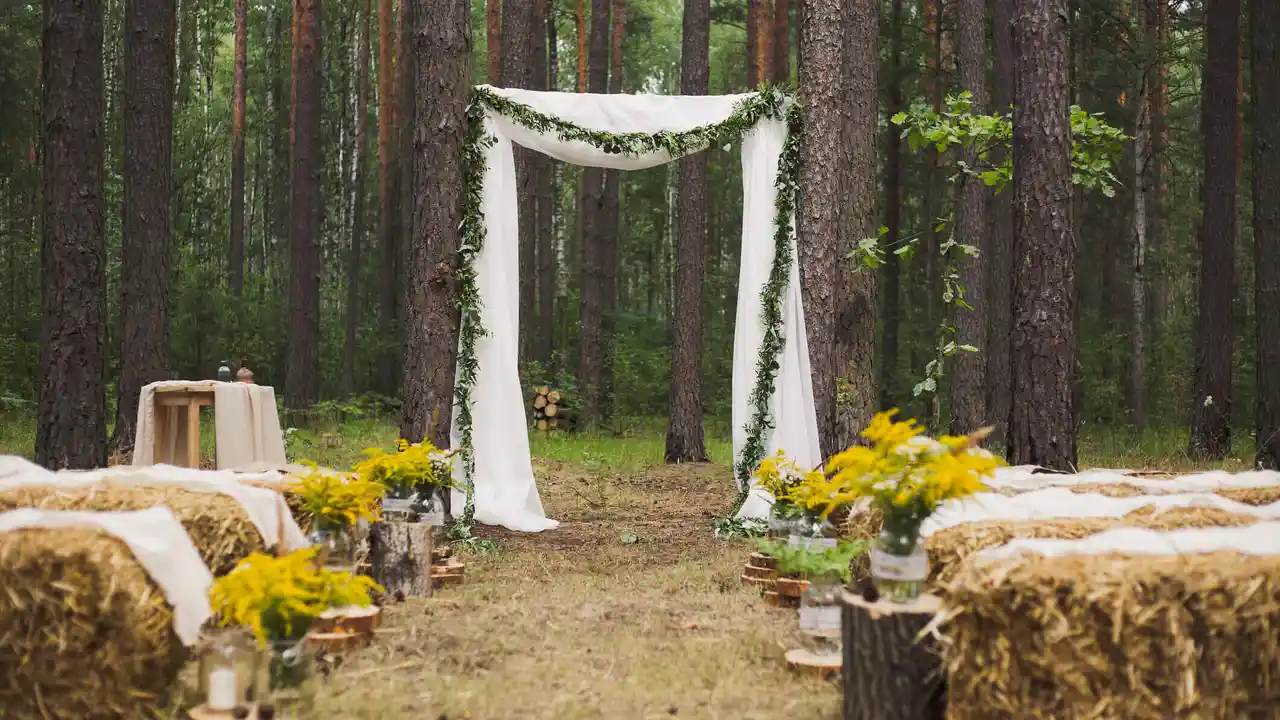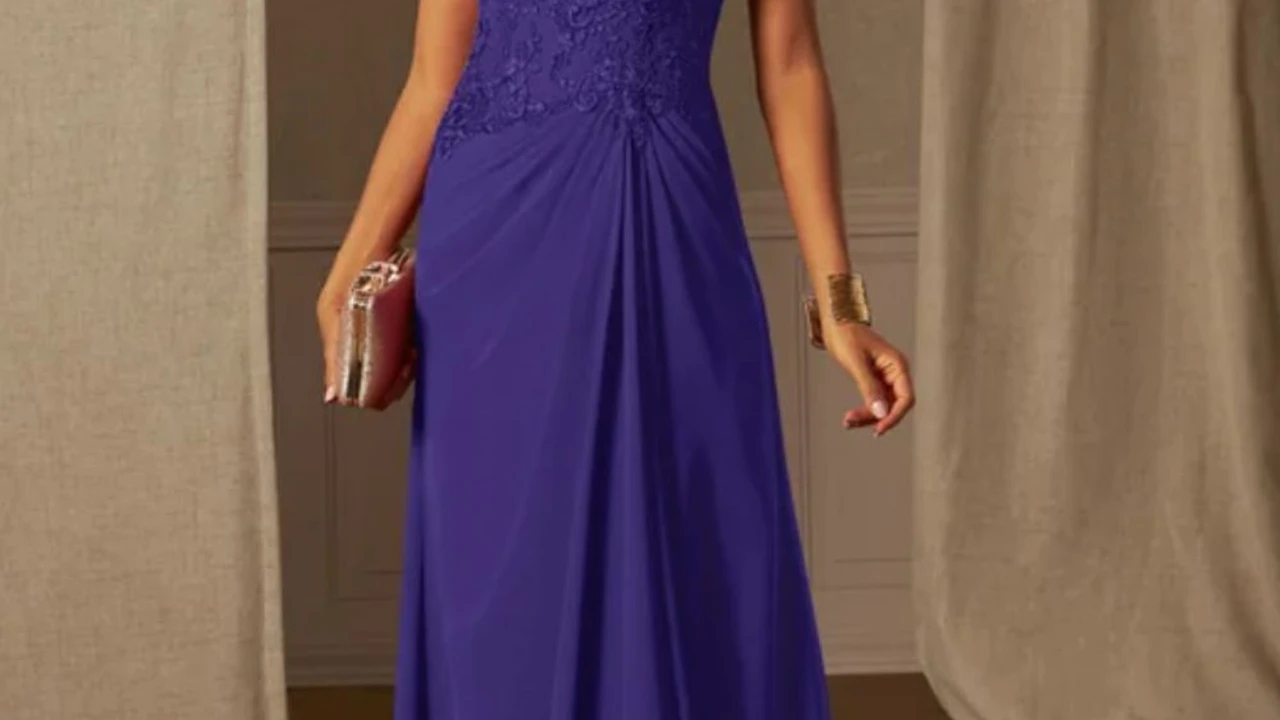Wedding Photography Communication: Working with Your Photographer
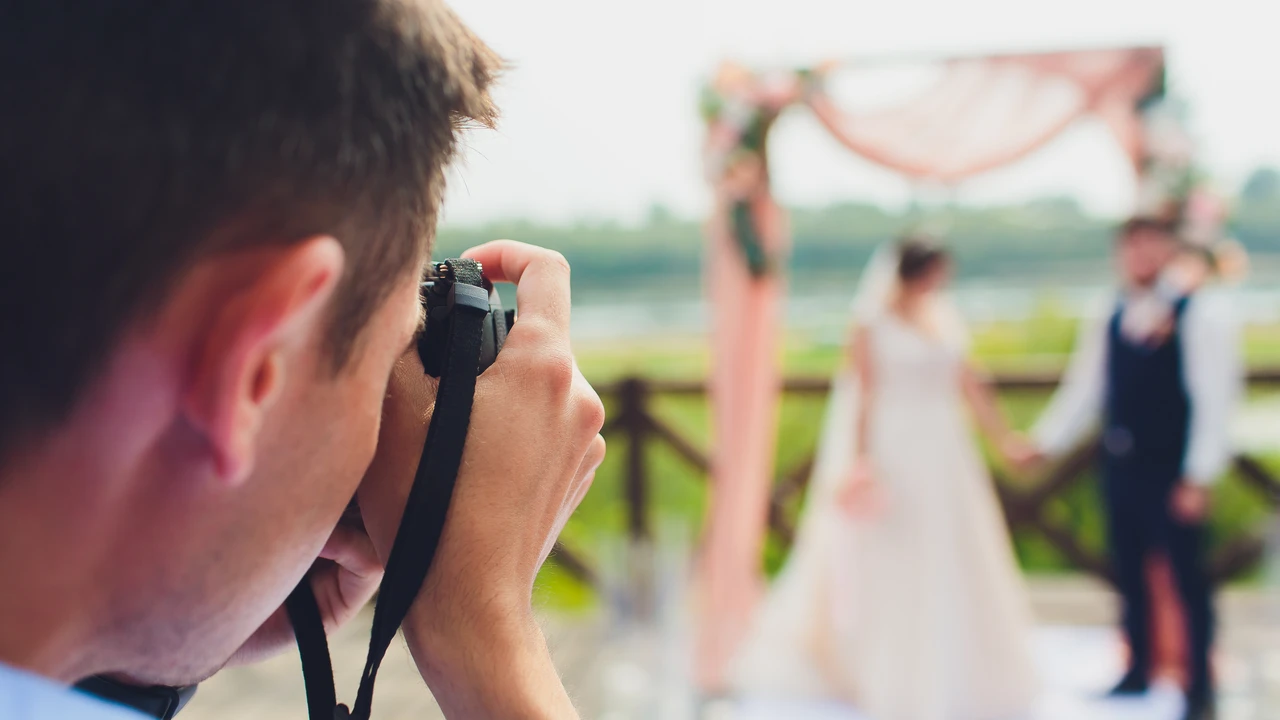
Why Wedding Photography Communication Matters So Much
Okay, so you're planning your big day! Exciting, right? But amidst all the dress fittings, venue scouting, and cake tasting, there's something super important that often gets overlooked: communication with your wedding photographer. Seriously, it's the key to getting those dream wedding photos you'll cherish forever. Think of it this way: your photographer is more than just someone who points and shoots. They're an artist, a storyteller, and a documentarian all rolled into one. And to do their job well, they need to understand your vision, your personality, and your expectations. Good communication ensures everyone's on the same page, minimizing stress and maximizing the chances of capturing those perfect, authentic moments.
Setting the Stage Initial Consultations and Building Rapport
Before you even book your photographer, you'll likely have an initial consultation. This is your chance to get to know them, see their portfolio, and discuss your wedding plans. Don't be shy! Ask questions about their style, their experience, and their approach to wedding photography. Do they specialize in candid shots, posed portraits, or a mix of both? How do they handle different lighting situations? Do they have backup equipment in case something goes wrong? This is also a great opportunity to share your vision for your wedding photos. Show them examples of images you love, explain what kind of emotions you want to capture, and let them know about any special moments or traditions that are important to you. Building a good rapport with your photographer from the start will make the whole process much smoother and more enjoyable.
Pre Wedding Photography Planning Detailed Discussions and Shot Lists
Once you've booked your photographer, it's time to get into the nitty-gritty details. Schedule a detailed planning meeting to discuss your wedding timeline, your venue layout, and any specific shots you want to capture. This is where a shot list can come in handy. A shot list is a document that outlines all the key moments and people you want your photographer to focus on. It could include things like: getting ready shots, the first look, the ceremony entrance, the exchange of vows, the first dance, and family portraits. Be realistic about the number of shots you include on your list. Remember, your photographer can't be in two places at once, and you don't want to spend your entire wedding day posing for photos. It's also important to be flexible and allow your photographer to use their creative judgment. They may see opportunities for amazing shots that you haven't even considered. Share important family dynamics or sensitivities with your photographer beforehand, so they can navigate those situations with care and respect. For example, let them know if there are any family members who don't get along or if there are any sensitive issues they should be aware of.
On the Wedding Day Open Communication and Trust
The big day is here! Now it's time to relax, trust your photographer, and let them do their thing. But that doesn't mean communication should stop. Keep your photographer informed of any changes to the schedule or any unexpected events that may arise. If you have any concerns or questions, don't hesitate to speak up. Remember, your photographer is there to help you capture your vision. Trust their expertise and allow them to guide you. They've shot countless weddings before and they know what works and what doesn't. Be open to their suggestions and be willing to try new things. The best wedding photos often come from spontaneous moments and unexpected angles. Most importantly, relax and enjoy your day! The more relaxed you are, the more natural and authentic your photos will be.
Post Wedding Photography Review and Feedback
After the wedding, your photographer will spend hours editing and perfecting your photos. Once they're ready, they'll likely share them with you in an online gallery or a slideshow. Take your time to review the photos and share your feedback with your photographer. Let them know what you loved, what you didn't love, and if there are any specific photos you'd like them to retouch or adjust. Be specific and constructive in your feedback. Instead of saying "I don't like this photo," try saying "I wish my hair wasn't covering my face in this photo." Remember, your photographer wants you to be happy with your photos, so they're usually willing to make reasonable adjustments. Once you're completely satisfied with your photos, you can order prints, albums, or other products to preserve your memories. Consider creating a wedding album that tells the story of your day from start to finish. This is a beautiful way to relive your wedding memories for years to come.
Recommended Wedding Photography Equipment and Accessories
Now, let's talk gear! While your photographer will have their own professional equipment, there are a few things you might consider having on hand to enhance your wedding photos:
Reflectors Creating Perfect Lighting with Reflectors
Reflectors are inexpensive and incredibly useful for bouncing light onto your subjects. They can soften harsh shadows, add fill light to dark areas, and create a more flattering look. Use Case: Outdoor portraits during the day, especially when the sun is high in the sky. Reflectors can bounce sunlight back onto your faces, eliminating harsh shadows under your eyes and nose. Product Recommendation: Neewer 43-inch 5-in-1 Collapsible Reflector. Comparison: Reflectors come in different sizes, shapes, and colors. A 5-in-1 reflector offers versatility with different surfaces like white, silver, gold, and black. White provides a soft, neutral reflection, silver offers a brighter, more specular reflection, gold adds warmth, and black can block light. Price: Around $25-$40.
LED Video Lights Adding Soft Light in Dark Environments
LED video lights are great for adding soft, even light in low-light situations, such as indoor receptions or evening portraits. Use Case: Indoor wedding receptions, getting ready rooms with limited natural light, or evening portraits. Product Recommendation: Godox LEDM150. Comparison: Look for LED lights with adjustable brightness and color temperature. Some lights also come with diffusers to soften the light even further. Battery life is also an important consideration. Price: Around $80-$150.
Portable Backdrops Creating Stunning Portrait Backgrounds
A portable backdrop can be used to create a clean and professional background for portraits. Use Case: Setting up a photo booth at your reception or creating a designated portrait area. Product Recommendation: LimoStudio 10 x 12 ft. Backdrop Support System with Muslin Backdrop. Comparison: Backdrops come in different materials, colors, and sizes. Muslin backdrops are versatile and can be easily draped. Choose a color that complements your wedding theme. Price: Around $50-$100.
Ring Lights For Flattering Portraits
Ring lights create a circular light that surrounds the camera lens, producing soft, even illumination with minimal shadows. Use Case: Close-up portraits, makeup application shots during the "getting ready" phase, and adding a modern aesthetic to photos. Product Recommendation: Neewer 18" LED Ring Light Kit Comparison: Ring lights vary in size, brightness, and color temperature adjustability. Some models come with stands and smartphone holders for added versatility. Price: $40 - $120
Lens Filters Protecting and Enhancing Your Lens
Lens filters are used to protect the camera lens and improve the quality of images. Use Case: Outdoor photography to reduce glare, enhance colors, and protect the lens from scratches and dust. Product Recommendation: Hoya 58mm UV Haze Multi-Coated Filter. Comparison: UV filters protect the lens from scratches and UV rays, while polarizing filters reduce glare and enhance colors. Neutral density (ND) filters reduce the amount of light entering the lens, allowing for longer exposures in bright conditions. Price: Around $15-$50.
External Flash For Low Light Conditions
An external flash provides more light than a camera's built-in flash, improving image quality in low-light environments. Use Case: Indoor photography, evening shots, and filling in shadows in bright sunlight. Product Recommendation: Godox TT685 Comparison: Speedlights offer different power levels, zoom ranges, and TTL (Through-The-Lens) metering capabilities. TTL allows the flash to automatically adjust its power based on the camera's settings. Price: Around $110
Camera Straps Comfort and Security
A comfortable and secure camera strap is essential for photographers who spend long hours on their feet. Use Case: Carrying a camera around the neck or shoulder during a wedding shoot. Product Recommendation: Peak Design Slide Camera Strap. Comparison: Camera straps come in different materials, widths, and lengths. Some straps also have quick-release mechanisms for easy attachment and detachment. Price: Around $50-$80.
Extra Batteries and Memory Cards Never Run Out of Power
It's always a good idea to have extra batteries and memory cards on hand, so you don't run out of power or storage space during a shoot. Use Case: All types of photography. Product Recommendation: SanDisk 128GB Extreme PRO SD Card and Canon LP-E6NH Battery Pack. Comparison: Memory cards come in different speeds and capacities. Choose a card that is fast enough to handle your camera's burst mode and has enough storage space for all your photos. Batteries also vary in capacity and lifespan. Price: Around $20-$50 for memory cards and $50-$80 for batteries.
Remember, these are just a few suggestions. Talk to your photographer about their specific needs and preferences. They may have other recommendations based on their experience and shooting style. Ultimately, good communication and planning are the most important factors in getting amazing wedding photos!
:max_bytes(150000):strip_icc()/277019-baked-pork-chops-with-cream-of-mushroom-soup-DDMFS-beauty-4x3-BG-7505-5762b731cf30447d9cbbbbbf387beafa.jpg)



